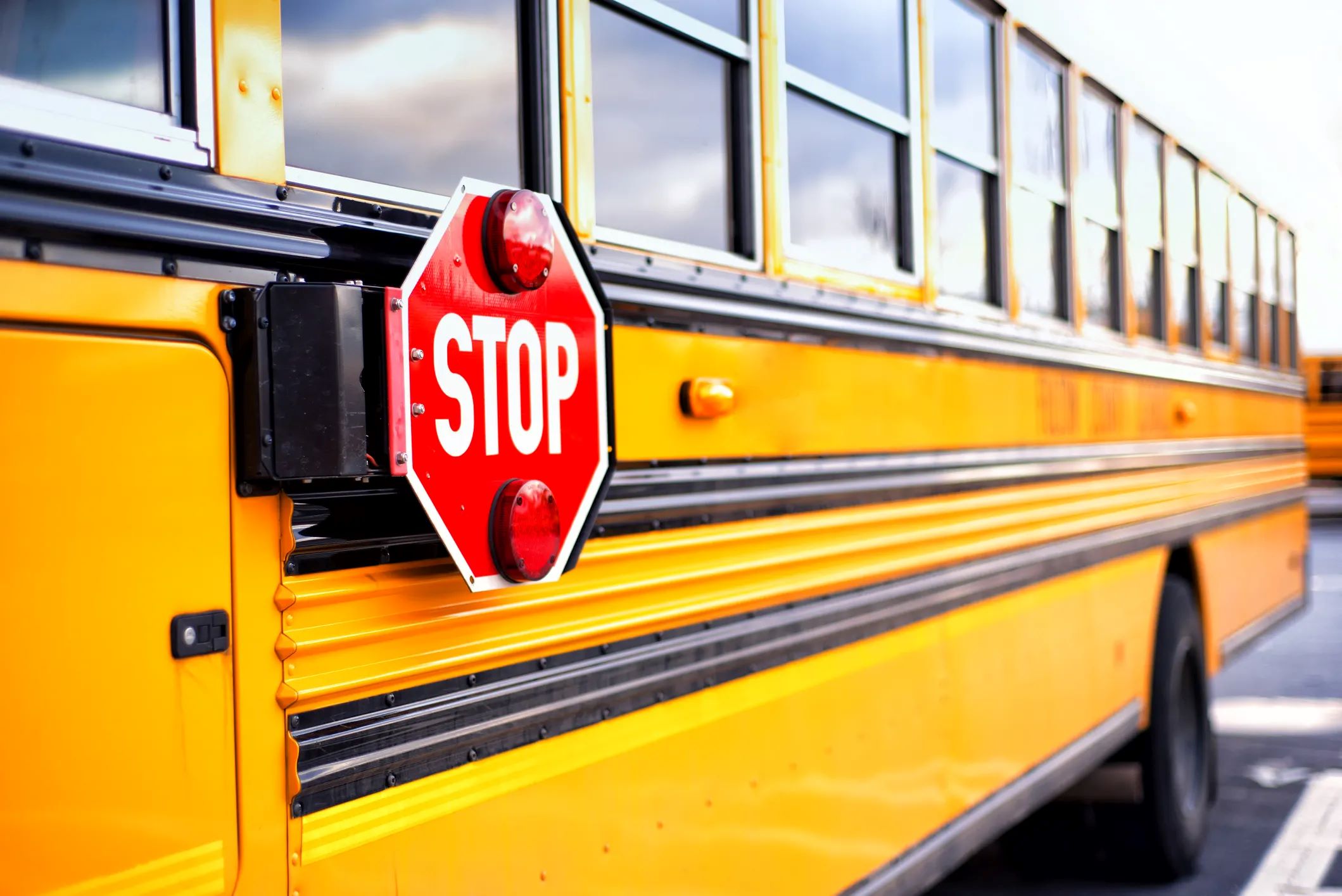
Why are schools closing in Tennessee? School closures in Tennessee are a complex issue influenced by various factors. Historically, closures were due to natural disasters or local health concerns. Recently, the COVID-19 pandemic has been a significant driver, leading to temporary shutdowns to curb the virus spread. As of September 2024, Hurricane Helene has caused multiple closures in Middle Tennessee due to severe weather conditions. Other reasons include budget constraints, declining enrollment, and facility issues. These closures disrupt communities, disproportionately affect minority schools, and pose long-term educational challenges. Understanding these factors helps grasp the broader impact on students and communities.
Key Takeaways:
- School closures in Tennessee have a long history, from natural disasters to health crises. COVID-19 drastically changed education, leading to unprecedented closures and highlighting the need for better preparedness.
- Natural disasters like Hurricane Helene continue to cause significant disruptions, leading to multiple school closures in Middle Tennessee. Ensuring student safety during such events is a top priority.
Historical Context of School Closures in Tennessee
School closures in Tennessee have a long history, evolving from natural disasters to health crises. Understanding this context helps grasp the current situation.
- School closures are not new in Tennessee, with past reasons including natural disasters and local health concerns.
- Before COVID-19, closures often resulted from inclement weather or facility issues.
Impact of the COVID-19 Pandemic
The pandemic drastically changed the landscape of education, leading to unprecedented school closures.
- COVID-19 caused many schools in Tennessee to close temporarily to prevent virus spread.
- The pandemic highlighted the need for better preparedness and response mechanisms in education.
Current Trends in School Closures
Recent events like Hurricane Helene have also led to school closures, showing that natural disasters remain a significant factor.
- As of September 2024, multiple school districts in Middle Tennessee closed due to Hurricane Helene.
- High winds and storm surge from the hurricane necessitated these closures for safety reasons.
Reasons for School Closures
Various factors contribute to school closures, from health concerns to administrative decisions.
- Natural disasters, health concerns, and budget constraints are common reasons for school closures.
- Facility issues and administrative decisions also play a role in determining closures.
Enrollment Decline
The pandemic has led to a noticeable decline in public school enrollment, affecting the education system.
- Many parents opted for private schools or homeschooling due to concerns about in-person learning during the pandemic.
- This trend is evident across the United States, including Tennessee.
Disproportionate Impact on Minority Schools
School closures often hit minority schools harder, exacerbating existing inequalities.
- Majority-Black schools in cities like Rochester and Seattle have been disproportionately affected by closures.
- Special-needs students in these schools face additional challenges due to fewer available facilities.
Community Disruption
School closures disrupt not just education but also the community fabric.
- Closures can have long-lasting effects on community cohesion and educational outcomes.
- They also impact local economies and social structures.
Administrative Decisions
Decisions to close schools often stem from administrative evaluations of performance and resources.
- Low test scores and high absenteeism rates can lead to school closures.
- Some parents argue that these issues are not solely the school's fault but also due to outdated rosters.
Building Renovation and Reassignment
School closures often involve reassigning students and teachers to other facilities, which can be controversial.
- Recently renovated buildings may be reassigned to other programs, causing frustration among parents.
- The decision to close a school and turn the building over to another program can be seen as insulting.
Public Comment and Community Engagement
Public comment periods are crucial for understanding community concerns about school closures.
- Teachers and parents often plead with school boards to reconsider closures.
- Highlighting the unique needs of students can influence decision-making processes.
State Funding and Voucher Programs
The decline in public school enrollment has led to increased interest in private school vouchers.
- States like Ohio have expanded private school voucher programs in response to enrollment declines.
- This shift in funding priorities complicates the issue of school closures.
Task Force Recommendations
Task forces often recommend school closures based on specific criteria, though these decisions can be controversial.
- Criteria like low enrollment and poor academic performance are used to recommend closures.
- These decisions affect thousands of students and their families.
Parental Concerns and Advocacy
Parents play a crucial role in advocating for their children's education during school closures.
- Parental concerns highlight the emotional toll that school closures take on families.
- Advocacy efforts can influence school board decisions and policies.
Board Member Perspectives
Board members reflect on the complexities of decision-making around school closures.
- Bringing children back to school sooner could have mitigated some negative effects of closures.
- Board members acknowledge the challenges of balancing various interests.
Long-Term Educational Harm
Repeated closures and disruptions raise concerns about long-term educational harm.
- Experts worry that these disruptions will exacerbate existing educational inequalities.
- Ensuring educational continuity is essential to mitigate long-term harm.
Renovation Costs and Resource Allocation
Renovation costs and resource allocation are critical factors in decisions to close schools.
- Recently renovated buildings raise questions about resource allocation.
- These funds could potentially be better utilized in other ways.
Student Displacement
School closures result in the displacement of students and teachers, posing significant challenges.
- Displacement can be particularly challenging for students with special needs.
- Ensuring that displaced students receive necessary support is crucial.
Teacher Concerns
Teachers express deep concerns about the impact of closures on their students.
- Teachers plead with school boards to consider the unique needs of each school.
- Their insights are valuable in the decision-making process.
Community Support and Resources
Communities often come together to support schools during closures.
- Support can include providing resources for displaced students.
- Maintaining facilities until they can reopen is also a community effort.
Hurricane-Related Closures
Natural disasters like Hurricane Helene continue to cause significant disruptions.
- Hurricane Helene led to multiple school closures in Middle Tennessee.
- Ensuring student safety during such events is a top priority.
Utility Outages and Power Restoration
Utility outages and power restoration efforts are crucial for reopening schools after natural disasters.
- Widespread power outages require diligent efforts to restore power.
- Power restoration is essential for schools to reopen safely.
Storm Surge and Flooding
Storm surge and flooding from hurricanes cause significant damage to infrastructure.
- Flooding along Florida's coastline affected areas as far south as Fort Myers.
- Damage to homes, businesses, and infrastructure impacts the community.
Emergency Response Efforts
Emergency response efforts are vital in assisting those affected by natural disasters.
- Sheriff officials and rescue teams work tirelessly to help stranded individuals.
The Bigger Picture of School Closures in Tennessee
School closures in Tennessee are a complex issue with deep roots and wide-reaching impacts. From natural disasters like hurricanes to the COVID-19 pandemic, various factors have driven these closures. The effects ripple through communities, disrupting not just education but also the social fabric. Minority schools often bear the brunt, highlighting existing inequalities. Administrative decisions, budget constraints, and facility issues add layers of complexity. Despite these challenges, communities show resilience, coming together to support students and schools. Innovative solutions and long-term planning are essential to mitigate the negative impacts. By understanding the multifaceted reasons behind school closures and their consequences, we can work towards more stable and equitable educational environments. Let's keep the conversation going and strive for solutions that prioritize the well-being of all students.
Frequently Asked Questions
Was this page helpful?
Our commitment to delivering trustworthy and engaging content is at the heart of what we do. Each fact on our site is contributed by real users like you, bringing a wealth of diverse insights and information. To ensure the highest standards of accuracy and reliability, our dedicated editors meticulously review each submission. This process guarantees that the facts we share are not only fascinating but also credible. Trust in our commitment to quality and authenticity as you explore and learn with us.


